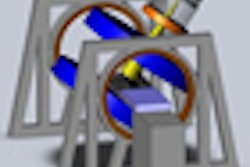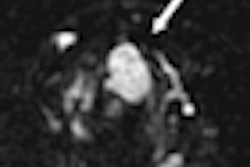Tuesday, November 27 | 3:50 p.m.-4:00 p.m. | SSJ19-06 | Room N229
German researchers are touting MRI as the gold standard to diagnostically image temporomandibular joint dysfunction (TMD), recommending that the modality be used in severe or therapy-resistant cases and for surgical planning purposes to reduce costs."MRI is providing substantial information on joint geometry, joint function, topographical information, disk relationship, and reactive changes in the surrounding tissues," said lead study author Dr. Thomas Vogl, PhD, director of the Institute for Diagnostic and Interventional Radiology at Johann Wolfgang Goethe-University Frankfurt. "Clinical benefits include direct correlation to clinical symptoms, such as pain, clicking, and disorders."
A total of 794 patients with a mean age of 38.7 years received MRI exams and were then categorized into five stages of TMD. The analysis of results included gender, age, disk position, joint degeneration, clinical progress, and other factors.
The researchers found that 62% of all 1,330 temporomandibular joints showed physiological disk position, 35% showed anterior disk position, and 3% showed posterior disk position. Therapy was modified in 20% of patients and the MRI results changed the diagnosis in 32%.
The results showed a statistically significant correlation between level of internal derangement, disk length, condyle morphology, and disk displacement, according to the researchers.
MRI should be used in severe or therapy-resistant cases and for surgical planning purposes to reduce costs, Vogl and colleagues concluded.


.fFmgij6Hin.png?auto=compress%2Cformat&fit=crop&h=100&q=70&w=100)





.fFmgij6Hin.png?auto=compress%2Cformat&fit=crop&h=167&q=70&w=250)











